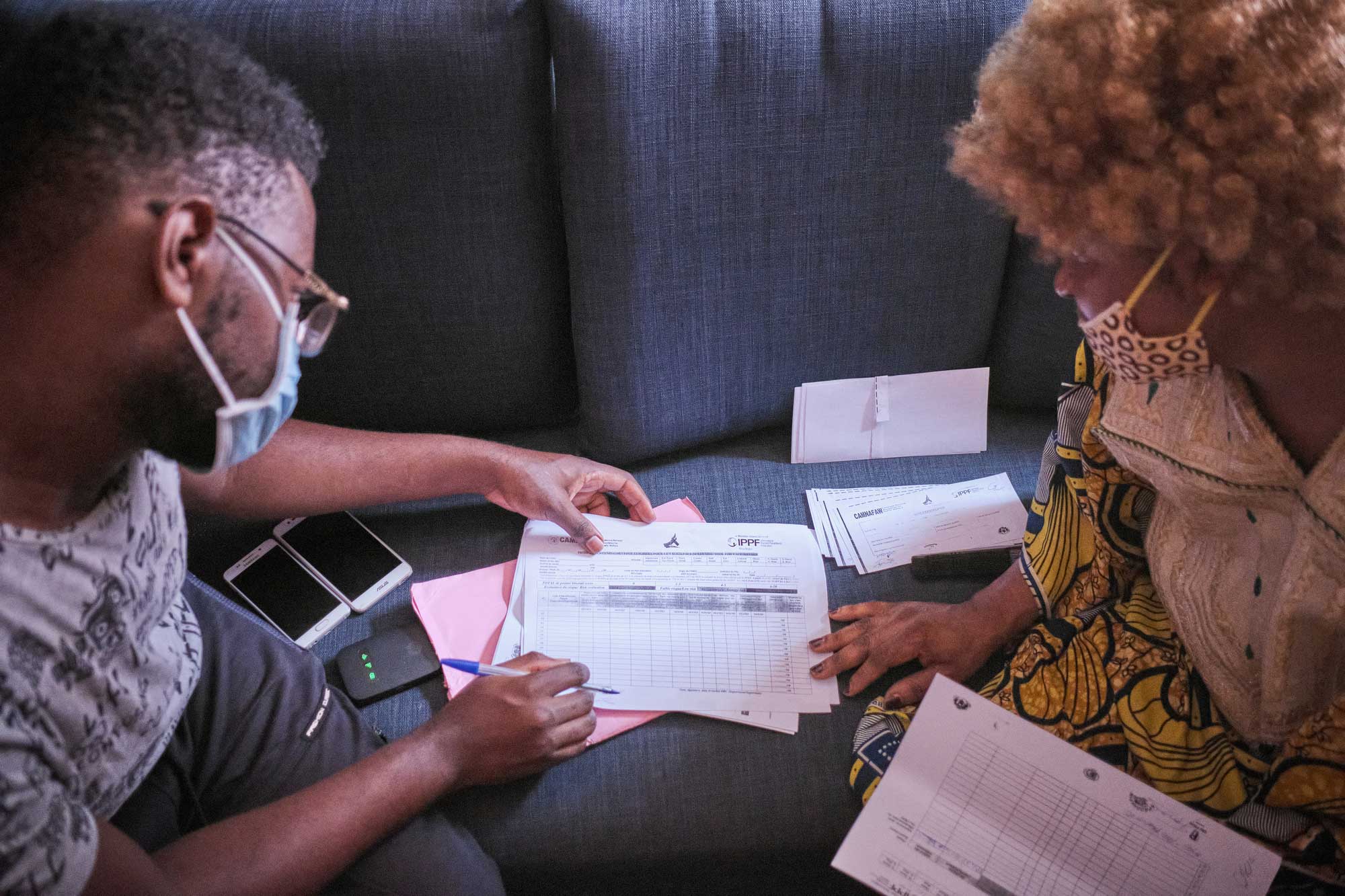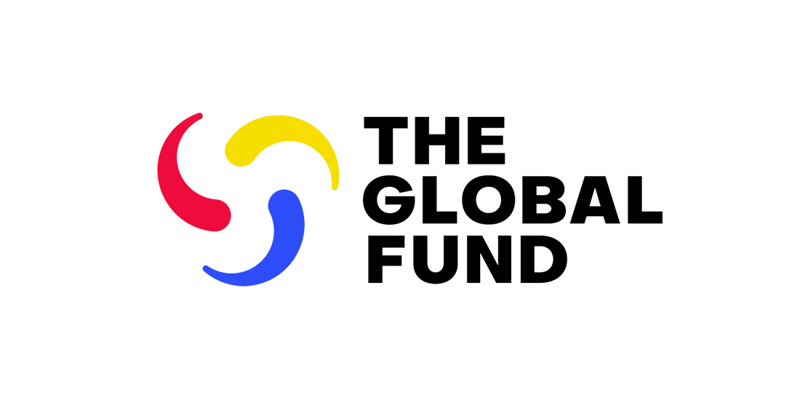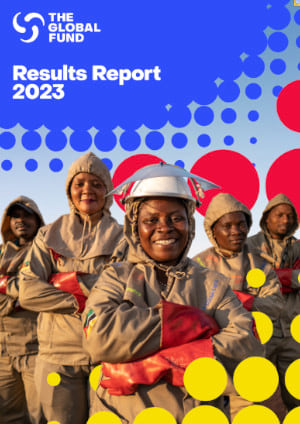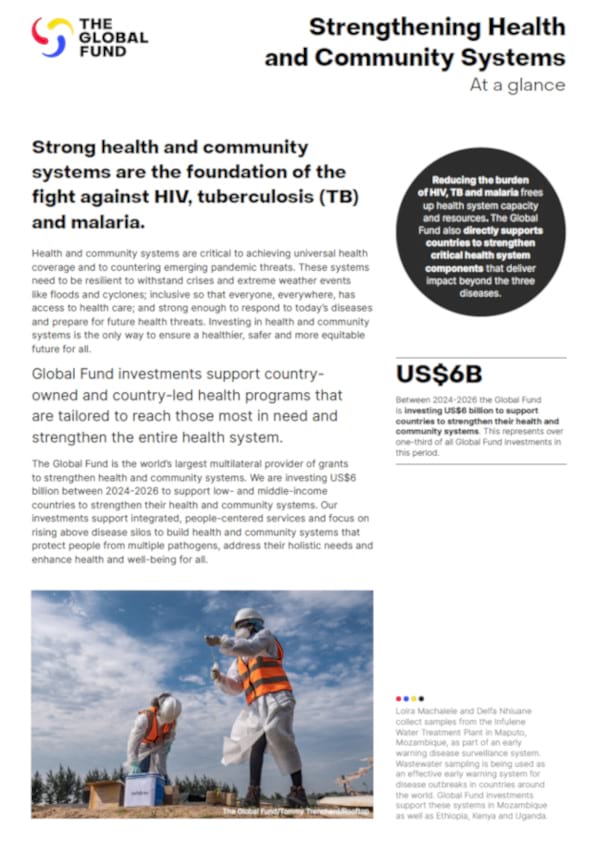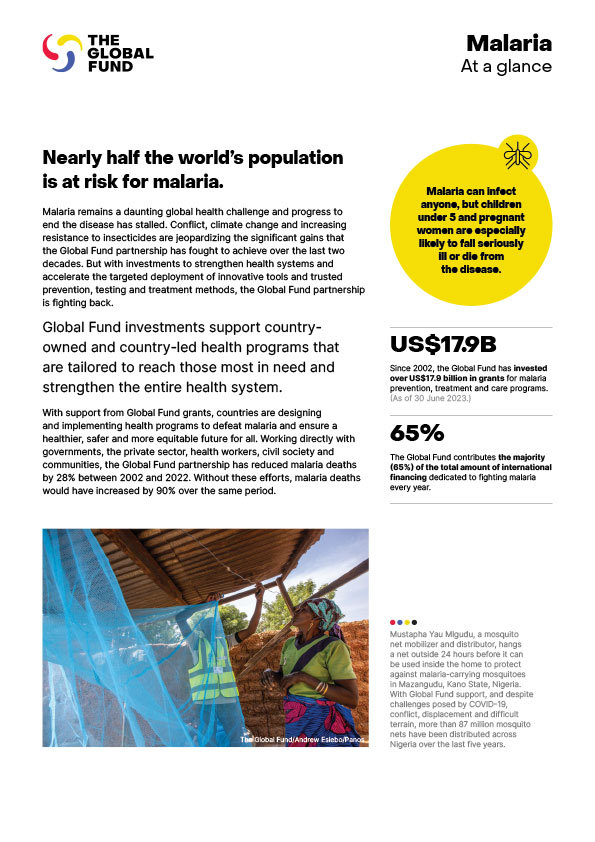Too often, the people most affected by HIV, tuberculosis (TB) and malaria are the same people who don’t have access to health care. Factors such as stigma, discrimination and criminalization can act as barriers that prevent key and vulnerable populations from accessing health services.
Who Are Key Populations?
HIV
In the context of HIV, key populations include:
- Men who have sex with men.
- Trans and gender diverse people.
- Sex workers.
- People who use and/or inject drugs.
- People living with HIV.
- People in prison and other closed settings.
These populations are socially marginalized, often criminalized and face a range of human rights abuses that increase their vulnerability to HIV.
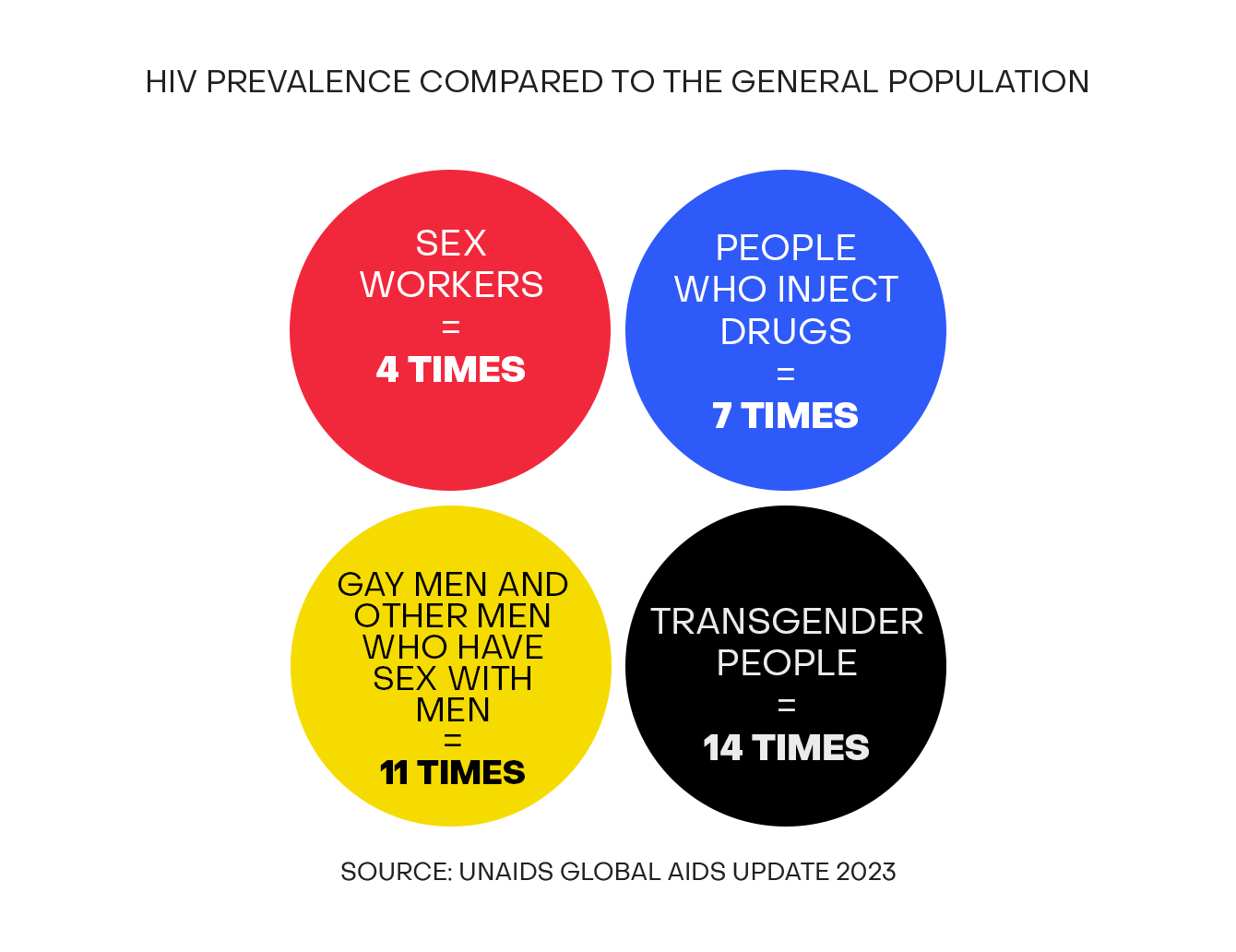
The Global Fund is the leading external funder of HIV programs for key populations across many regions. The Global Fund Strategy emphasizes the importance of achieving scale and coverage of HIV programs for and with key populations. It should be the goal of each country to scale up services so that 95% of key populations are covered.
TB
Prisoners and incarcerated populations, people living with HIV, migrants, refugees, miners and other people who work in poorly ventilated conditions, and indigenous populations are all groups that are highly vulnerable to TB. They can also experience significant marginalization, reduced access to quality services and human rights violations.
Miners in Southern Africa, for example, are reported to have greater incidence of TB than any other working population in the world. TB incidence among migrant miners in this region is 10 times higher than in the communities from which they originate.
The level of TB in prisons has been reported to be up to 100 times higher than the level in the general population, according to the World Health Organization. Cases of TB in prisons may account for up to 25% of a country’s TB burden.
Among other populations, people living with HIV are 18 times more likely to develop active TB disease than people without HIV, according to the World Health Organization. At least 1 million children become ill with TB each year, representing about 10% of all TB cases.
The Global Fund focuses on countries with the highest proportion of key populations at risk of or living with TB, including people living with TB/HIV co-infection, migrants, refugees and displaced people, miners, prisoners, children in contact with people who have TB, and people who inject drugs.
Malaria
The concept of “key populations” in the context of malaria is relatively new and not yet as well defined as for HIV and TB. However, there are groups that meet the criteria for key populations. Refugees, migrants, pregnant women, children under 5, internally displaced people and indigenous populations in malaria-endemic areas are often at greater risk of transmission, usually have decreased access to care and services, and are also often marginalized.
For malaria, the Global Fund supports a comprehensive approach that combines education, prevention, diagnosis and treatment, especially for children under 5 and pregnant women in malaria-endemic zones. It also puts a particular focus on an innovative regional approach to reach populations who have difficulties in accessing care.
Vulnerable Populations
The Global Fund also recognizes vulnerable populations – those who have increased vulnerabilities in a particular context, but who may not fit the criteria highlighted above. These include adolescent girls and young women and people with disabilities, among others.
Reaching key and vulnerable populations with prevention, testing, treatment and care, and supporting them to overcome barriers to services, is essential to defeating HIV, TB and malaria and ensuring a healthier, safer, more equitable future for all.
The Global Fund Strategy 2023-2028 emphasizes the importance of supporting and including key and vulnerable populations in every stage of the fight against HIV, TB and malaria. From service planning to implementation and monitoring to advocacy and the provision of expert technical support, members of key and vulnerable populations are essential stakeholders and partners. We work with them to remove barriers to participation and increase their engagement in all Global Fund-related processes.
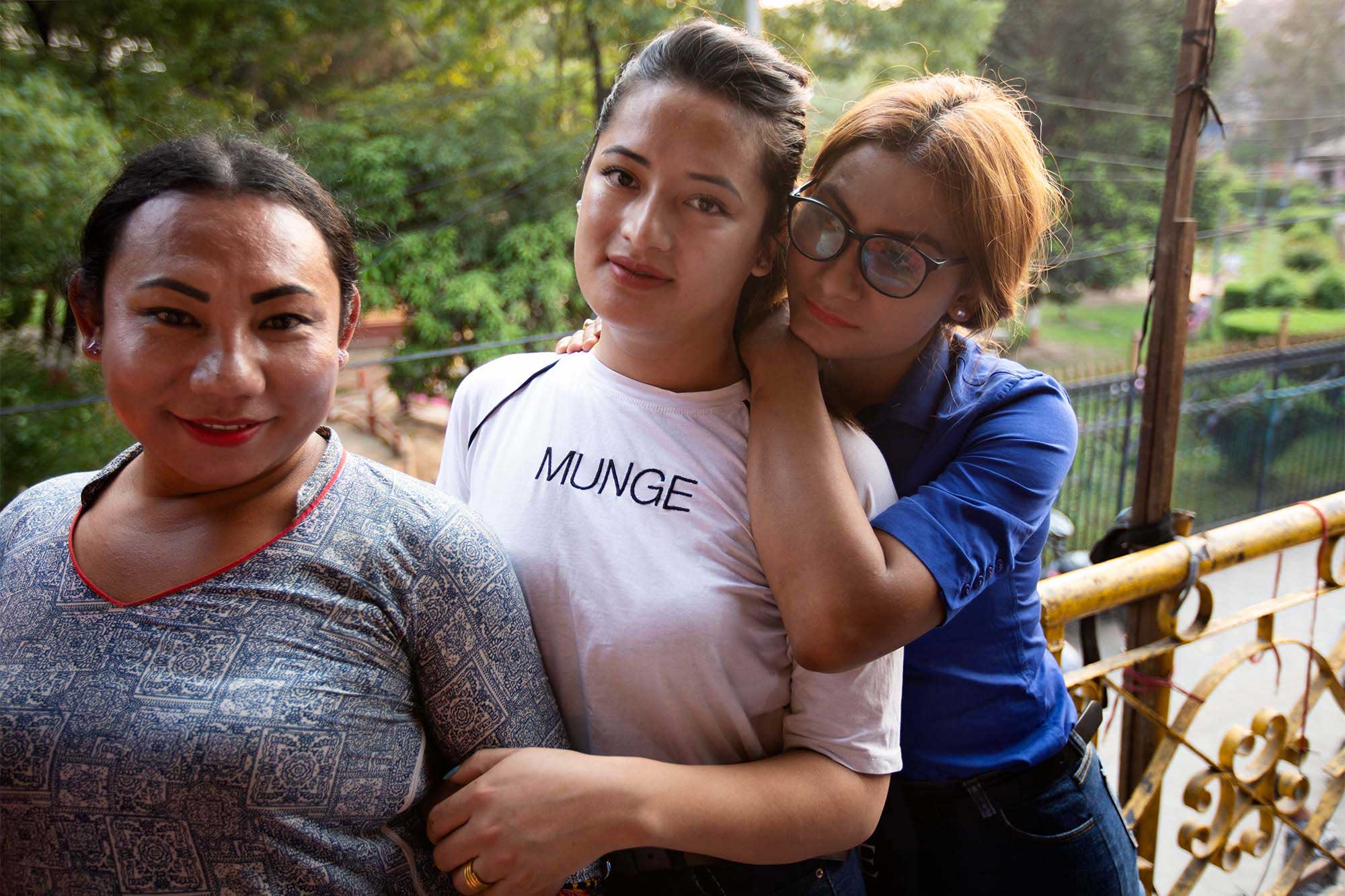
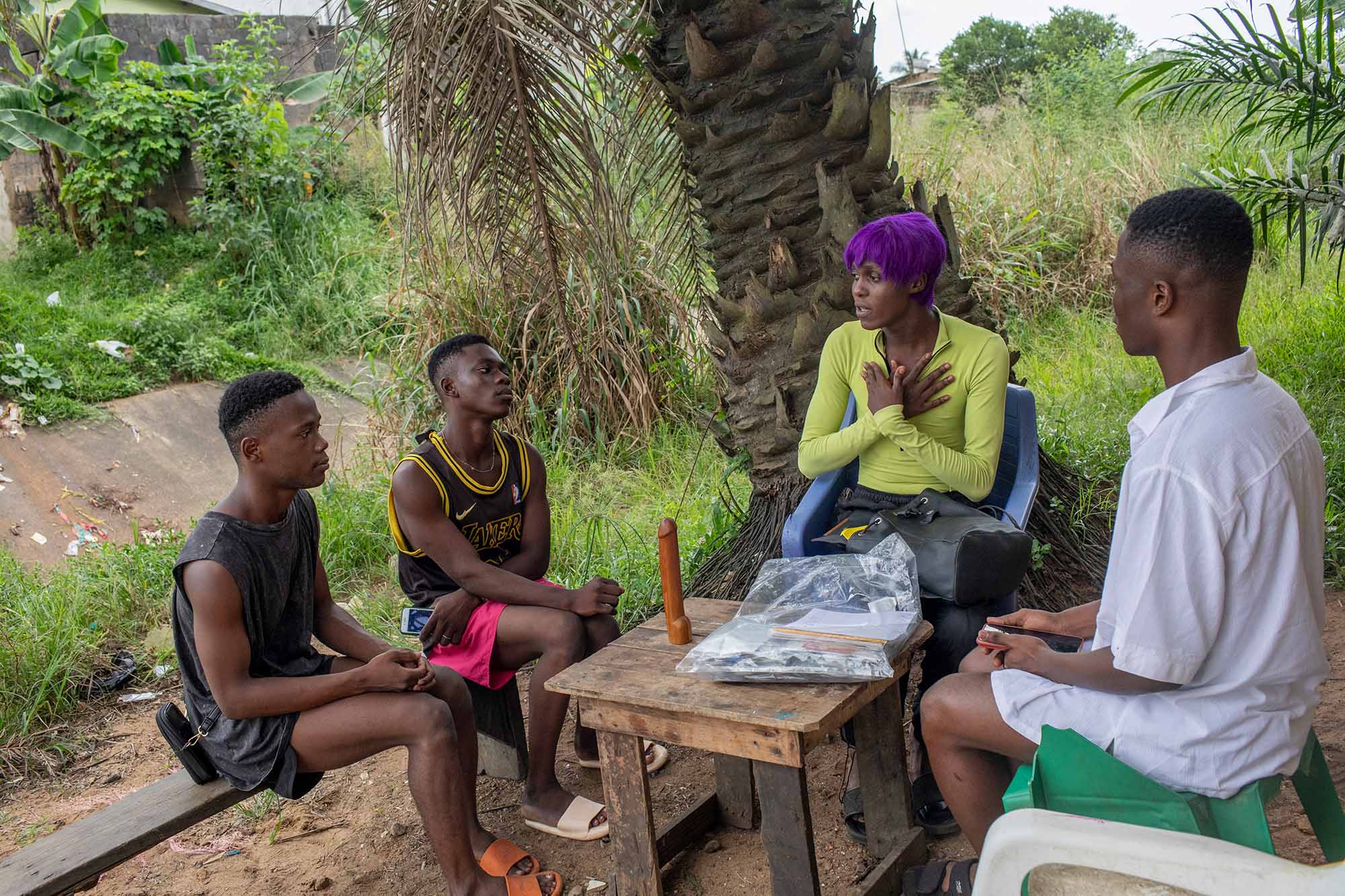
We know we have a greater impact on the three diseases when members of key populations are involved in the design and delivery of health services. The Global Fund supports efforts to strengthen social networks and organizations that are led by members of key population communities and represent their needs through our Community Engagement strategic initiative. We also make sure that our policies protect identities and abide by our key principle of “do no harm.”
Key and vulnerable populations, and organizations led by them, are frequently on the receiving end of threats and violent attacks. Safety and security are of paramount importance in Global Fund programming for and with key populations, especially for those who deliver and access services we provide. We support the inclusion of safety and security provisions in all key population programs we fund, including training to increase understanding on the importance of addressing security threats and risks.
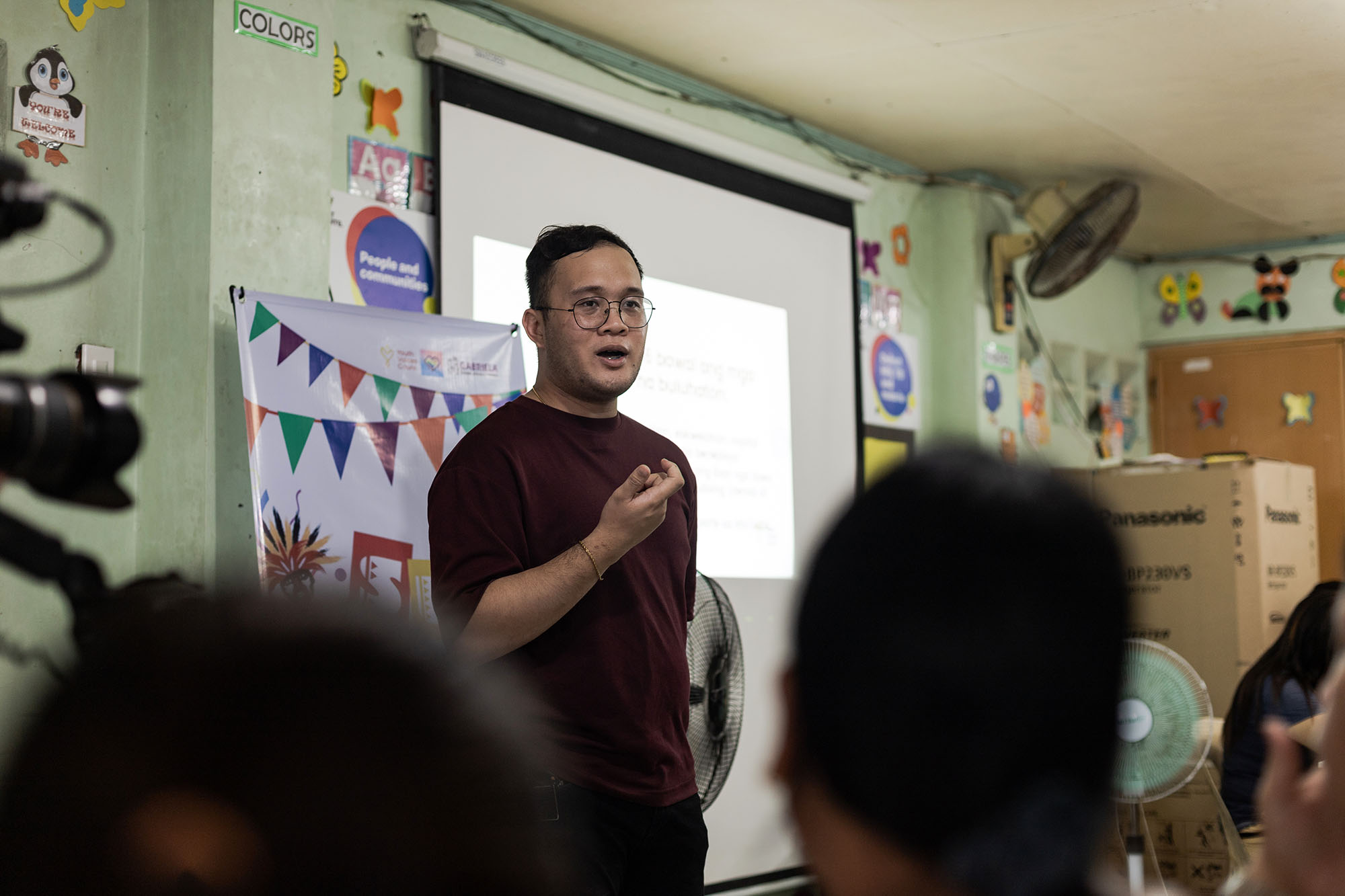
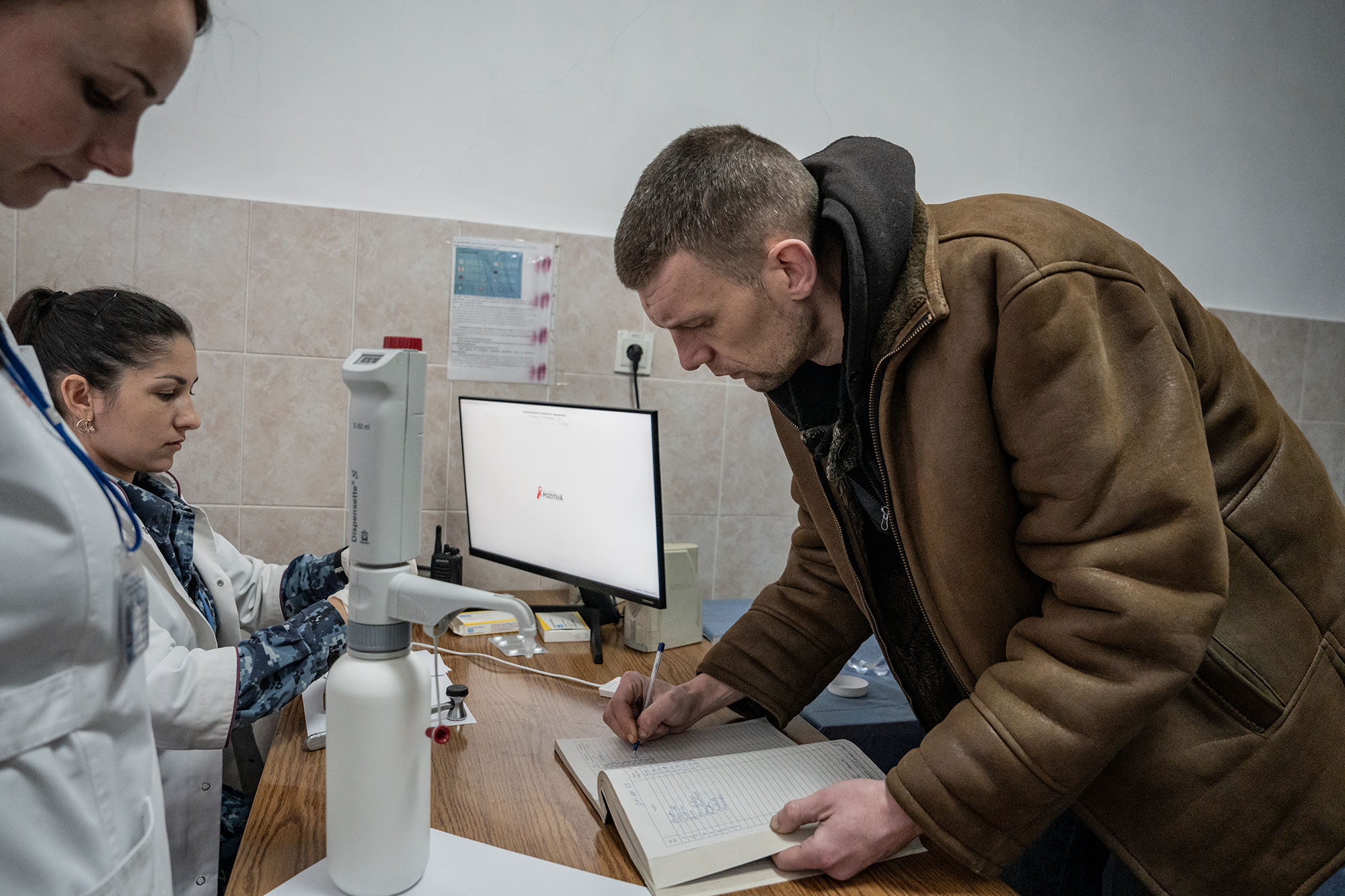
Harm reduction refers to policies, programs and practices that minimize the negative health, social and legal impacts of drug use, drug laws and policies. Through harm reduction, people who use drugs are supported to achieve positive changes in their lives without being required to stop using drugs. The Global Fund is the largest source of funding for harm reduction services in low- and middle-income countries.
Community-led monitoring allows key and vulnerable populations to provide feedback on the access to and quality of health care and services. This feedback helps to improve services, policies and procedures, and ensures that Global Fund-supported programs deliver impact.
